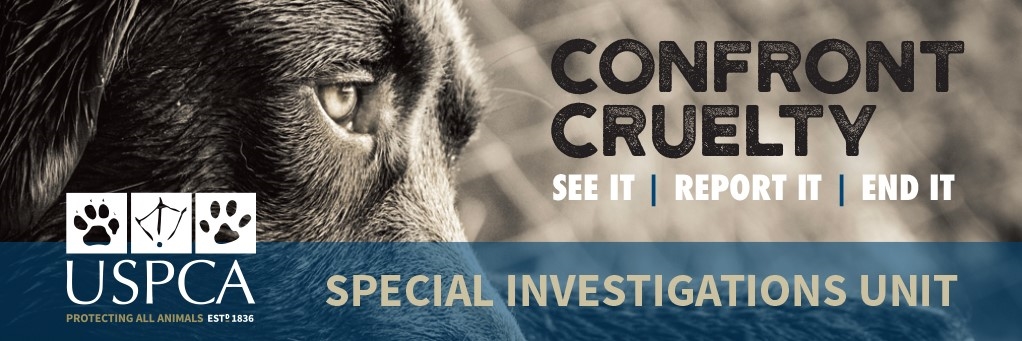Animal cruelty investigations are crucial to safeguarding the rights and welfare of the most vulnerable members of our society—animals. These investigations encompass a wide array of activities, from rescuing animals in distress to prosecuting individuals who perpetrate heinous acts of cruelty. The world behind the badge is one of dedication, perseverance, and often heart-wrenching realities. By examining the multifaceted components of these investigations, we can gain a clearer understanding of their vital role in combating animal cruelty.
At the forefront of animal cruelty investigations are dedicated professionals, including animal control officers, humane investigators, and law enforcement personnel. Each of these roles plays a pivotal part in not only investigating suspected cases of abuse but also in educating the public about animal welfare. Understanding their responsibilities and the challenges they face can provide insight into the complexities surrounding animal cruelty investigations.
Animal control officers often serve as the first responders to reports of cruelty. They patrol areas, respond to calls regarding neglect or abuse, and engage with community members to foster a culture of awareness and accountability. Their job is not without peril; they must navigate a landscape where misinformation, fear, and resistance can hinder their efforts. The ability to de-escalate situations and communicate effectively with pet owners is paramount in this role, as many cases stem from a lack of knowledge rather than outright malice.
Humane investigators take on a more specialized role, often having extensive training in animal law and welfare standards. They gather evidence from various sources, such as witness accounts, veterinary reports, and photographs, to build a comprehensive case. This investigative process is meticulous and requires keen observational skills. Investigators must also be familiar with local laws and regulations regarding animal treatment, as these can vary significantly from one jurisdiction to another. In certain situations, they may collaborate with law enforcement to ensure that thorough legal measures are pursued when charges are warranted.
Consequently, the types of animal cruelty that necessitate investigation are remarkably diverse. From neglect—caused by inadequate shelter, malnutrition, or lack of medical care—to direct acts of violence, such as beating or abandoning an animal, the spectrum of abuse is both alarming and heartbreaking. The act of neglect can sometimes be more insidious than overt cruelty, as it often occurs in homes where the owner may not realize their actions—or inactions—are harmful. This nuance presents an additional layer of complexity for investigators as they work to educate and intervene without alienating the individuals involved.
Moreover, investigations can extend into the realm of organized cruelty, such as dog fighting rings or puppy mills. These operations are often clandestine, hidden in plain sight amid residential neighborhoods or rural areas. Investigating such cases requires not only an understanding of the legal implications but also the ability to gather evidence discreetly to avoid tipping off those involved in these illegal activities. Once sufficient evidence is collected, investigators may work in tandem with law enforcement to execute raids, rescuing the animals and bringing the perpetrators to justice.
Public awareness and community involvement serve as significant catalysts in the fight against animal cruelty. Many successful investigations have emerged from community tips, underscoring the importance of vigilance and reporting suspicious activities. Educational campaigns that raise awareness about what constitutes animal cruelty, alongside the importance of responsible pet ownership, can play an essential part in prevention. Schools, local organizations, and animal rescues often collaborate to let the public know how to report abuse and encourage a compassionate society.
The emotional toll on investigators cannot be overlooked. Daily exposure to suffering animals can lead to compassion fatigue, and it is essential for organizations to provide mental health support for their staff. Reports of severe neglect, abuse, and abandonment can weigh heavily on those committed to aiding these creatures. Sustainable work in this field necessitates the balance between compassion for animals and self-care for the individuals dedicating their lives to their protection.
Furthermore, advancements in technology have created new avenues for investigations. Social media and mobile applications can provide immediate platforms for reporting and sharing information related to cases of cruelty. Investigators can leverage these tools to document cases, crowdsource information, and raise awareness in real-time. However, the rise of technology also presents challenges, as misinformation can circulate quickly, complicating inquiries and leading to misunderstandings.
The role of animal cruelty investigations extends beyond immediate interventions. They play a fundamental part in shaping public policy and fostering legislative changes. As more people become aware of the various forms of animal cruelty, advocates are empowered to push for stronger laws and more substantial penalties for offenders. This can include advocating for bans on practices such as puppy mills or lobbying for more rigorous animal welfare standards across various industries.
Ultimately, the world of animal cruelty investigations is complex and rife with challenges. However, it remains an essential field dedicated to protecting the voiceless. By supporting these efforts and fostering a culture of compassion, we can make strides toward reducing the occurrence of animal cruelty and ensuring a safer world for all living beings. The dedication of those behind the badge exemplifies humanity’s responsibility to stand up for those who cannot advocate for themselves. As communities grow more aware of animal welfare, the hope for a future free from cruelty becomes a tangible goal.








